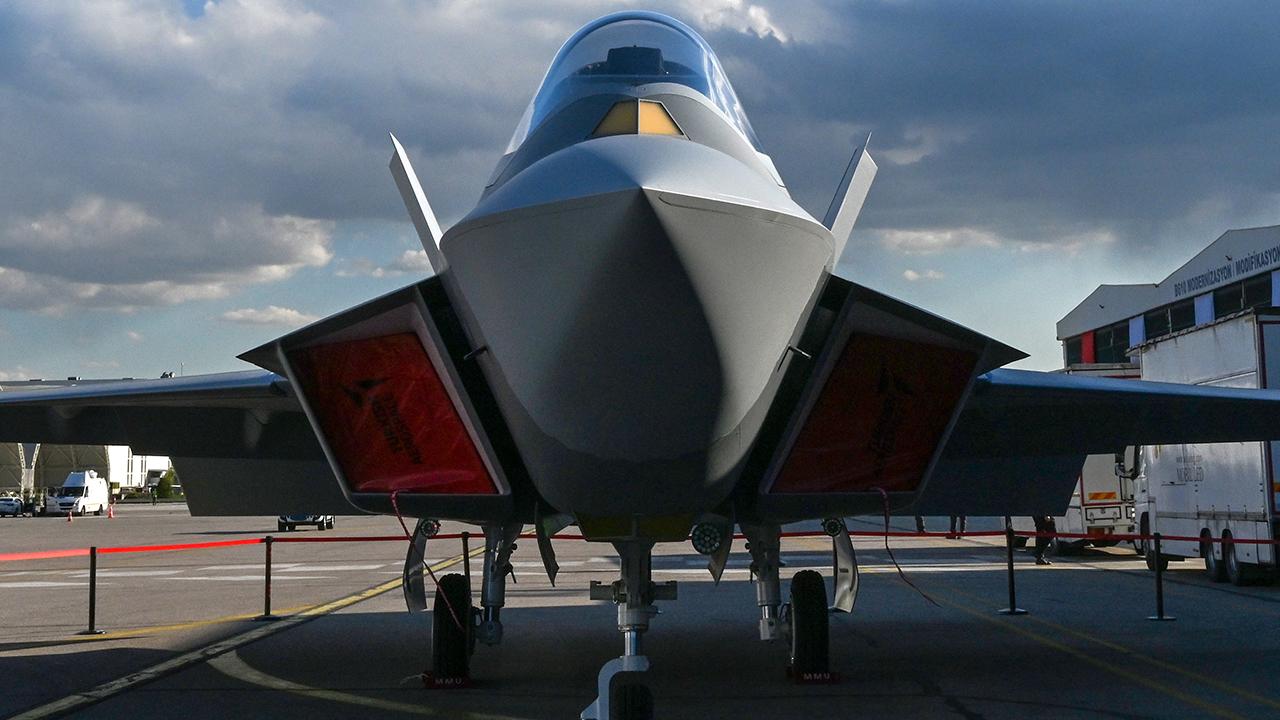AESA ‘Murad 6000-A’ Radar Enters Critical Design Phase for ‘KAAN’ Fighter Aircraft
The Murad-600A Active Electronically Scanned Array (AESA) radar, designed for Turkey's fifth-generation fighter aircraft KAAN, has successfully transitioned from the preliminary design phase to the critical design phase.
(DEFENCE SECURITY ASIA) — The Murad-600A Active Electronically Scanned Array (AESA) radar, designed for Turkey’s fifth-generation fighter aircraft KAAN, has successfully transitioned from the preliminary design phase to the critical design phase.
Developed by Turkish defense giant ASELSAN, the Murad 6000-A AESA radar represents a significant advancement in performance and capabilities over traditional radars.
Unlike conventional radars that use a single antenna for both transmitting and receiving signals, the AESA Murad 6000-A employs multiple modules to enhance signal management.
This radar offers several advantages over traditional systems, including electronic beam steering, which allows for quicker target detection and tracking, higher image resolution, and increased resistance to electronic countermeasures.
A key feature of the AESA Murad 6000-A is its ability to perform multiple tasks simultaneously, such as air surveillance, tracking multiple targets, and engaging in electronic warfare.

Designed to be modular, it can be integrated into various platforms, from fighter jets and unmanned aircraft to naval ships and air defense systems.
The radar operates at high frequencies, improving detection rates and precision.
It also features advanced signal processing algorithms that enhance its capability to detect and track stealth targets, increasingly common in modern warfare.
In early May, the fifth-generation fighter “KAAN,” developed by Turkish Aerospace Industries (TAI), completed its second flight, following its inaugural flight in February.
uring its second test, the “KAAN” flew for 14 minutes at an altitude of 10,000 feet with a speed of 230 knots, according to a statement from the country’s Defense Industry Agency (SSB).

The launch of the “KAAN” aircraft marks Turkey’s entry into an elite group of nations capable of independently developing fifth-generation fighter aircraft, joining the ranks of existing models like the American F-22 Raptor and F-35, China’s J-20 Mighty Dragon and J-31, and Russia’s Su-57 Felon.
Turkey, a NATO member, initiated the development project for the fifth-generation fighter “KAAN” in 2016, intensifying efforts to develop its own fighter jet after being removed from the F-35 program due to its decision to purchase the S-400 Triumf air defense system from Russia.
Previously known as TF-X or Milli Muharip Ucak (National Combat Aircraft – MMU), the “KAAN” is nearly entirely domestically produced, except for certain components such as the ejection seat, engine, and joystick.
TAI, the primary contractor for the “KAAN” development program, is expected to deliver 20 KAAN Block 10 fighter jets to the Turkish Air Force by 2028.

By 2029, TAI aims to produce two KAAN fighters per month, generating an estimated annual revenue of approximately $2.4 billion.
This fifth-generation fighter is set to replace over 200 F-16 fighter jets currently in service with the Turkish Air Force. — DSA



Comments are closed.